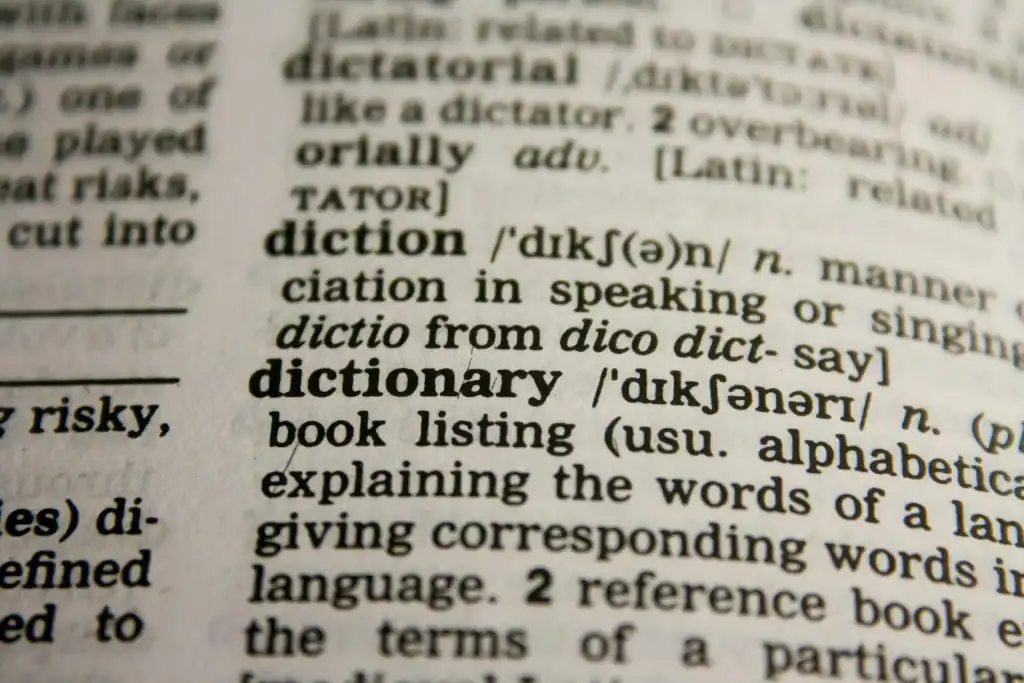Written by an expat who thought he had Spanish nailed—until his Dominican girlfriend’s eyebrow rose higher than a Caribbean sunrise because I answered a text at dinner. Words matter when hearts race.
Why Emotional Spanish Hits Harder Than Classroom Dialogues
Ordering coffee or renting an apartment sharpens transactional Spanish. But when love, fear, and jealousy swirl, language becomes molten. One misplaced tense can sound evasive; a poorly chosen adjective can inflame insecurity. Dominican Spanish adds extra spice: affectionate diminutives like “mi amorcito” soothe one minute, while rapid, melodic questions sting the next.
In this article, I chronicle three real quarrels with my girlfriend Mariela, explore why jealous thoughts spiraled, and share Spanish phrases that moved us from shouting to hugging. All sentences appear in bold Spanish first, followed by italic English translations for clarity.
The Trigger: A Late‑Night Text and the Storm that Followed
Setting
Tuesday, 10:45 p.m. We’re watching a Netflix series. My phone buzzes: a work colleague in the U.S. asks for a file. I open Slack. Mariela’s eyes flicker.
Spanish (her voice rising): “¿Quién te escribe a esta hora, James? ¿Otra vez esa gringuita?”
English: Who’s texting you at this hour, James? That American girl again?
I feel cornered, fumble words. She labels me evasive: “Te me haces el loco.” (You’re acting clueless.)
First Mistake: Defensiveness
Spanish (me, fast): “Es solo trabajo, deja el show.”
English: It’s just work, stop the show.
Deja el show belittles her feelings. Fire meets gasoline.
Vocabulary of Emotion: From Jealousy to Reassurance
| Spanish | English | Tone |
|---|---|---|
| Celos | Jealousy | Neutral noun |
| Paranoia | Paranoia | Harsh, avoid blaming |
| Desconfianza | Mistrust | Softer critique |
| Tranquilidad | Calm | Goal state |
| Confianza | Trust | Bridge word |
Key verbs:
- Tranquilizar – to calm someone
- Aclarar – to clarify
- Escuchar – to listen
- Explicar – to explain
Turning Point: Using I‑Statements in Spanish
I remind myself: describe my action, acknowledge her feeling, express commitment.
Spanish: “Mi amor, entiendo que esto te haga sentir insegura. El mensaje es de mi colega, nada personal. Puedo mostrarte el chat si te hace sentir más tranquila.”
English: My love, I understand this makes you feel insecure. The message is from my colleague, nothing personal. I can show you the chat if that helps you feel calmer.
Magic ingredients:
- Entiendo que… – I understand that… (empathy)
- Te haga sentir… – makes you feel… (validate emotion)
- Puedo + action – I can do X (offer reassurance)
Her shoulders drop. She whispers:
Spanish: “Muéstrame y ya.”
English: Show me, and that’s it.
I show. She nods. Crisis averted for tonight.
Second Fight: Social Media Likes and Public Perception
Saturday brunch. Mariela scrolls Instagram, sees I liked a friend’s beach selfie.
Spanish: “¿Por qué le das like a fotos en bikini? Me falta respeto.”
English: Why do you like bikini photos? It disrespects me.
Step Back: Clarifying Boundaries
Instead of “Eres muy paranoica” (You’re paranoid), I rephrase.
Spanish: “No era mi intención faltarte respeto. Ayúdame a entender qué límites consideras apropiados en redes sociales.”
English: I didn’t mean to disrespect you. Help me understand what boundaries you consider appropriate on social media.
Negotiation Language
- “Lleguemos a un acuerdo.” – Let’s reach an agreement.
- “¿Te parece bien si…?” – Would it seem okay to you if…?
We draft an agreement: like group photos fine, avoid flirtatious singles. I restate:
Spanish: “Entonces, si publico algo contigo, me aseguro de etiquetarte y comentar algo bonito.”
English: Then, if I post something with you, I’ll tag you and write something sweet.
She smiles, says: “Eso me da confianza.” (That gives me trust.)
Third Storm: Exes and the “Just Friends” Coffee
A month later, my ex from university visits Santo Domingo. I inform Mariela the day before.
Spanish: “Mañana tomaré un café con Laura, mi amiga de la universidad. Quería avisarte antes.”
English: Tomorrow I’m having coffee with Laura, my university friend. I wanted to tell you beforehand.
Mariela’s face clouds: “¿Por qué no la invitas aquí para que la conozca?” (Why not invite her here so I can meet her?)
I didn’t expect that. My gut resists but I breathe and apply the calm formula.
Reassuring Options
A. Invite ex, involve partner.
B. Switch to group setting.
C. Postpone meeting.
I choose B.
Spanish: “Podemos vernos todos en la nueva cafetería del Malecón. Así te sientes cómoda y nadie se incomoda.”
English: We can all meet at the new café on the waterfront. That way you feel comfortable and nobody feels awkward.
She agrees. We meet, tensions dissolve. Later she says:
Spanish: “Gracias por incluirme. Eso demuestra transparencia.”
English: Thanks for including me. That shows transparency.
Phrases to De‑Escalate Heated Moments
| Spanish | English |
| “Respiremos un momento, por favor.” | Let’s take a breath for a moment. |
| “Quiero escucharte sin interrumpir.” | I want to listen to you without interrupting. |
| “No estoy contra ti; estoy a tu lado buscando solución.” | I’m not against you; I’m by your side looking for a solution. |
| “¿Qué necesitas para sentirte segura ahora?” | What do you need to feel secure right now? |
Dominican softeners:
- “un chin” – a little bit: “Bajemos la voz un chin.” (Let’s lower our voices a bit.)
- “mi amorcito” – affectionate diminutive to melt tension.
Apology Anatomy: Saying Sorry That Actually Works
Blanket “lo siento” feels generic. Add specifics and commitment.
Spanish: “Siento haber reaccionado a la defensiva anoche. Entiendo que eso te dolió. Me comprometo a responder con calma la próxima vez.”
English: I’m sorry for reacting defensively last night. I understand that hurt you. I commit to responding calmly next time.
Three parts: acknowledge action, empathize effect, pledge change.
Building Long‑Term Trust: Weekly Emotional Check‑In (en Español)
Every Sunday night we share “high, low, surprise” in Spanish:
- Alto (High): best moment
- Bajo (Low): toughest moment
- Sorpresa (Surprise): unexpected feeling
Example:
Spanish: “Mi alto fue la cena del viernes. Mi bajo, cuando discutimos por Instagram. Mi sorpresa: me sentí orgullosa cuando mostrabas tus fotos de la familia.”
English: My high was Friday dinner. My low, when we argued about Instagram. My surprise: I felt proud when you showed photos of your family.
I reply, reflect, propose adjustments. Ritual reduces jealous flare‑ups; feelings get airtime before they fester.
When Things Escalate: Seeking Mediation
If arguments cycle, consider couples’ therapy. Dominican counselors often offer bilingual sessions via Zoom.
Phrase to propose therapy gently:
Spanish: “Quizás hablar con un tercero neutral nos ayude a comunicarnos mejor. ¿Te gustaría probar?”
English: Maybe talking with a neutral third party could help us communicate better. Would you like to try?
Final Reflection: Love, Jealousy, and the Spanish That Holds Them Together
Jealousy isn’t uniquely Dominican, but cultural context shapes expression. My partner’s quick suspicions stem partly from stories of unfaithful expats; my gringo bluntness once amplified her fears. We learned that Spanish laden with empathy bridges gaps. When I swap “deja el show” for “entiendo que esto te preocupe,” arguments shrink, and laughter returns sooner.
So, if you’re dating a passionate Dominican—or anyone, anywhere—arm yourself with phrases of validation, boundaries stated with respect, and apologies that promise action. Spanish may be your second language, but sincerity remains universal.
Que cada conversación difícil sea una oportunidad para crecer juntos, y que tus palabras en español construyan confianza, no muros. ¡Ánimo y mucho amor!



